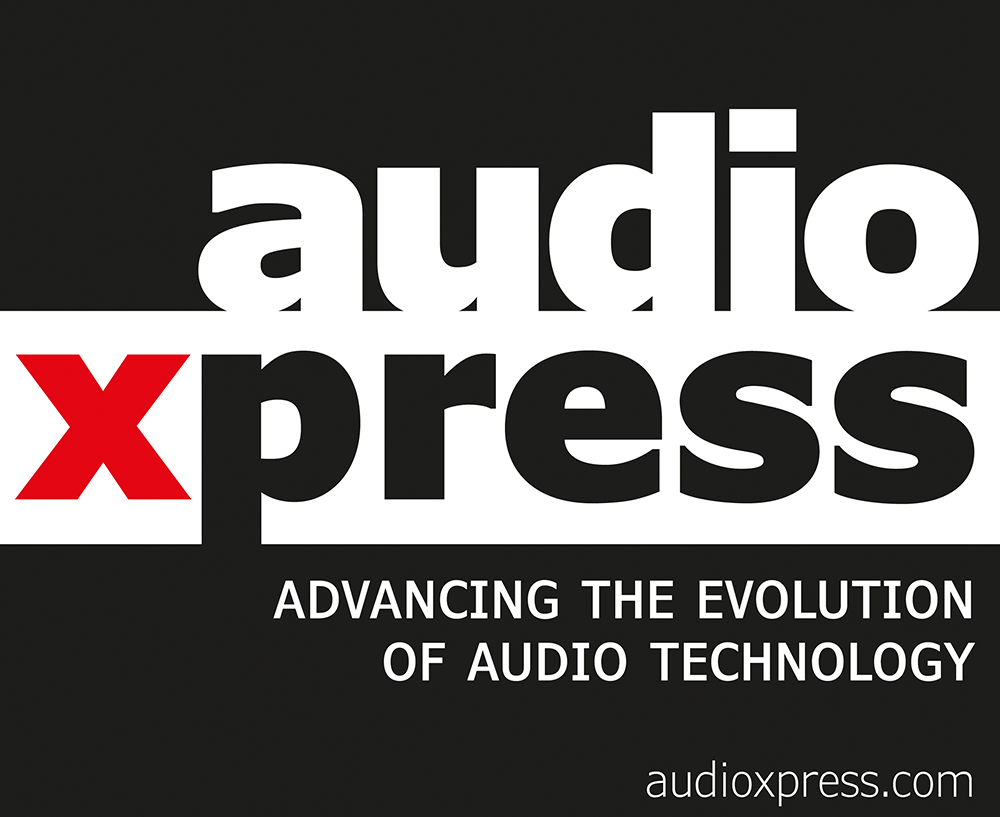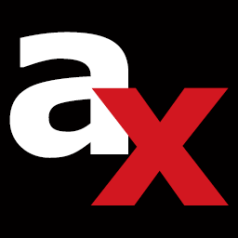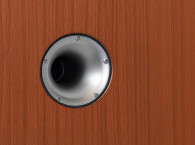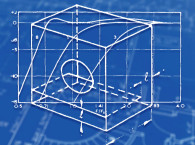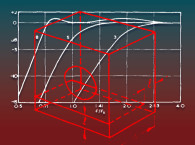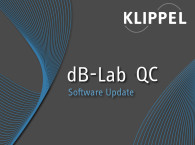Speakerbench, the web-based application for loudspeaker design with an emphasis on an advanced transducer model, has been officially available since March 2020. Created by Claus Futtrup and Jeff Candy, the online tool celebrates its fifth anniversary with a significant update that introduces new valuable features, plus comprehensive documentation. Originally intended to support the loudspeaker DIY community, Speakerbench is increasingly recognized by global speaker designers at all levels.

The Info tab now provides improved insight into air load on the front and rear sides of the driver, as well as the physical and effective lengths of the loudspeaker port. The new algorithm requires that the user places both the driver and the port somewhere, which is controlled with a new dimensional input. To help the user with visualizing these dimensions (proportions), Speakerbench now draws a 3D sketch of the loudspeaker box, the driver, and port, which users can rotate and study.

The new release supports saving the loudspeaker box configuration settings in TUNE files and later re-uploading the settings. This way every box simulation can be saved for later use and shared with other users.

The damping material modeling was changed to allow for any Q-value and volume expansion. The theory is pictured in a 'Fill' tab, yet, users are now free from past restrictions and may choose any values they like.
One unique feature of Speakerbench continues to be the Alignment Chart, which bridges between old theory and modern computerized design of loudspeaker boxes. The alignment calculation was overhauled with additionally Compliance Alteration and Quasi alignment options (algorithms udpated December 2024) and further refined in the latest release.

- Main ('Home') landing page.
- Quick Start Guide.
- IMPEDANCE chapter with three section on how to measure and fit impedance to identify the advanced parameters.
- THEORY NOTES chapter with four section on
- 1. Dual Added Mass,
- 2. Speakerbench Box Theory,
- 3. Alignment Theory, and
- 4. The advanced Time-Domain analysis available in speakerbench.
- RESOURCES chapter with sample data, Youtube videos, definition of Speakerbench import and export files (JSON files), Glossary and References.
The documentation is for users who are looking for knowledge, for programmers who wish to interact with Speakerbench, and for the authors themselves to remember what they did, how, and why.
The Alignment Theory notes as well as the Box Theory notes in itself are a high quality reference material, a resource made available on the Internet for general use. The Glossary as well as the list of Reference material are equally a valuable resource for general use.
Claus Futtrup is Engineering Manager Acoustics at DALI A/S in Denmark. Jeff Candy is Director of Theory and Computational Science at General Atomics in San Diego, California.
www.speakerbench.com
